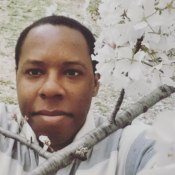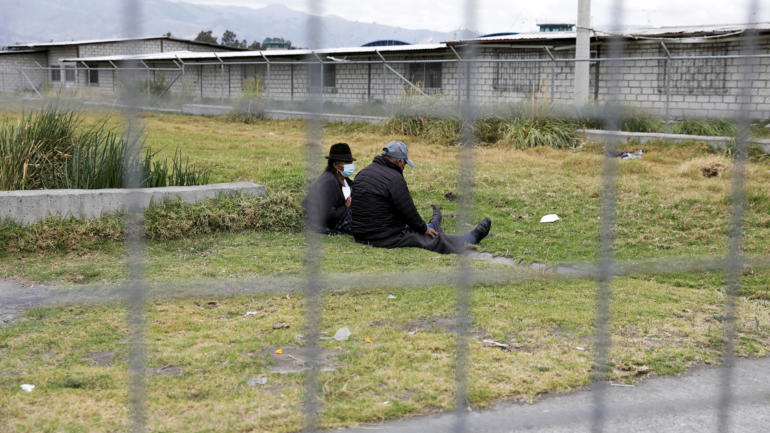At least 15 prisoners were killed and another 21 injured in a prison in Latacunga, Ecuador, on Monday, SNAI prison agency reported, the latest incident of mass prison violence in the country.
President Guillermo Lasso’s government attributed the violence to fights between gangs over territory and drug trafficking routes.
The crisis of prison riots in Ecuador has grown more intense in recent years. In May, at least 44 inmates were killed in a riot after a fight broke out between rival gangs in a Santo Domingo prison.
In all last year, 316 prisoners died in riots in various jails, including 118 inmates who died in the country’s worst ever prison riot at the Litoral Penitentiary in Guayaquil, Ecuador, on Sept. 28, 2021.
Gang violence in Ecuador’s prisons
There are about 33,500 people in Ecuador’s prisons, Al Jazeera reports, which are 11.3 percent beyond their maximum capacity.
Security experts have identified 11 armed groups that largely control the country’s prisons.
Rival prison gangs have staked claims in different parts of many of the large prison complexes.
In one analysis of a Guayaquil prison riot that left more than 60 dead in November 2021, researchers from a leading human rights group found that gangs’ control over parts of the prison enabled the massacre to unfold, while authorities failed to respond to the chaos in an adequate and timely manner.
Inmates were apparently able to smuggle in ammunition, explosives and guns used to carry out the riot.
Authorities say imprisoned gang members have easy access to high-caliber guns and ammunition, entering the prison through delivery vehicles and drone deliveries.
Local media have reported that killings could have been ordered from outside the prison, mirroring a power struggle between Mexican cartels happening in Ecuador.
Families demand reform
Families of inmates killed during prison riots are demanding systematic reforms. They allege the true death toll from prison riots is much higher than what the government is reporting, citing news about violence and assassination of inmates.
Activists have said the current situation stems from government neglect of penitentiaries.
The Inter-American Commission of Human Rights has also criticized Ecuador for the abandonment of its prison system and the absence of a comprehensive policy.
In April, President Lasso announced a plan to “strengthen prison intelligence” and “do a much deeper cleaning of weapons, explosives and materials that should not be in prisons,” but rights groups are calling for a more comprehensive plan.
Last year, Ecuador’s National Assembly presented 70 recommendations, including restructuring the rehabilitation system and dismantling the criminal gangs operating inside prisons. But as yet, none of the recommendations has resulted in change.
 CGTN America
CGTN America
 Family members of inmates sit outside the Cotopaxi No 1 penitentiary where several people have been killed and injured during a riot, in Latacunga, Ecuador October 4, 2022. REUTERS/Karen Toro
Family members of inmates sit outside the Cotopaxi No 1 penitentiary where several people have been killed and injured during a riot, in Latacunga, Ecuador October 4, 2022. REUTERS/Karen Toro
